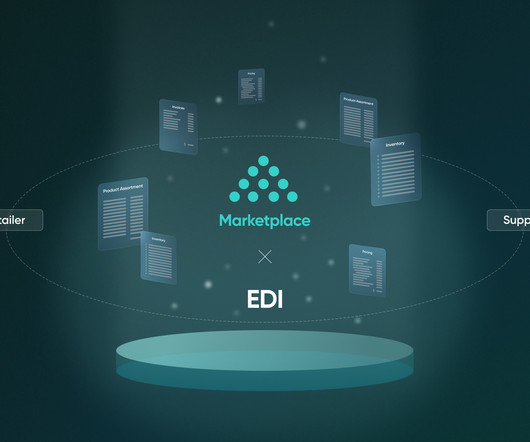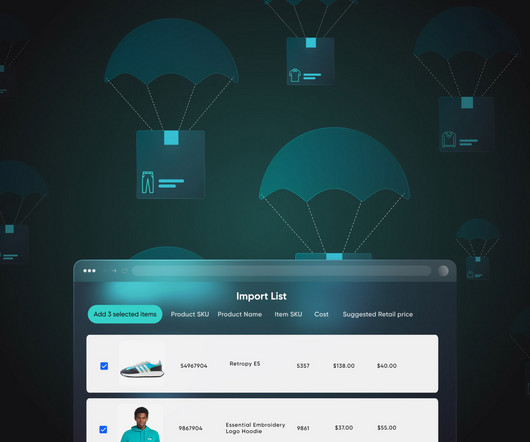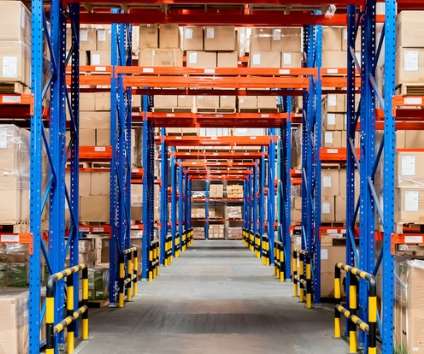Dropshipping Integration: Connecting EDI with fabric Marketplace
Fabric
MARCH 24, 2023
What is EDI? EDI stands for Electronic Data Interchange. First introduced in the 1960s to support shipment supply chains in the US military, it is a system of exchanging business documents electronically between different companies, organizations, or trading partners. How Does EDI Work for Dropshipping?













Let's personalize your content